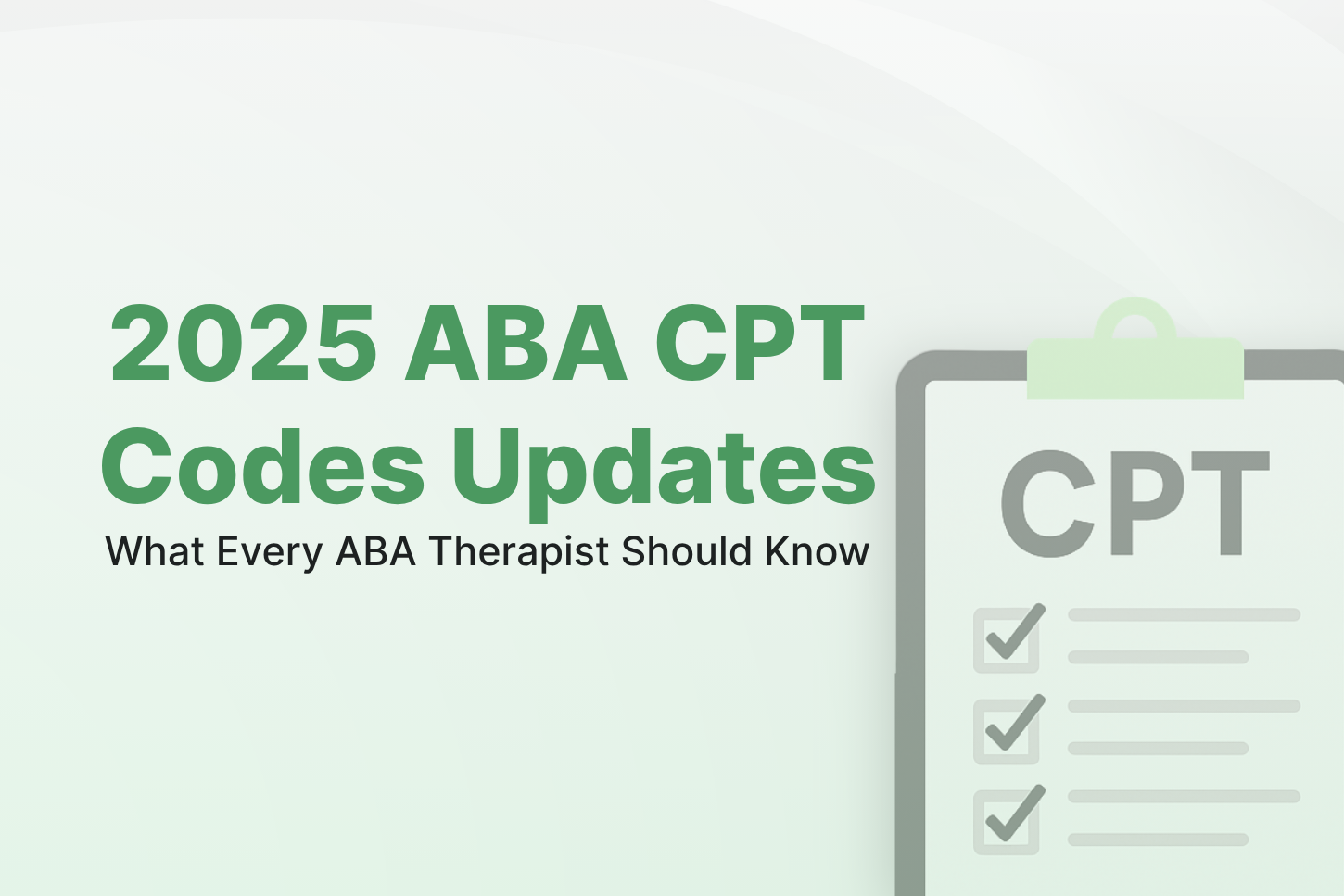Understanding Provider Enrollment: Key Steps and Requirements

Struggling with provider enrollment?
Not anymore! Find the key Steps, Requirements, and checklists to get it right!
Picture this: You’re a healthcare practitioner ready to launch your practice. Excitement bubbles within you as you envision helping patients and making a difference. But then reality hits; The complex provider enrollment process, associated paperwork, and regulations to be followed to run the practice smoothly.
Provider enrollment in healthcare refers to the process by which healthcare professionals, facilities, and organizations apply to become participating providers within a specific healthcare network or insurance plan. This process involves submitting necessary documentation, such as licenses, certifications, and credentials, to demonstrate eligibility to provide medical services. Once enrolled, providers can offer services to patients covered by the network or insurance plan and receive reimbursement for the care provided.
Even for the most seasoned healthcare professionals, navigating these processes can be overwhelming. Yet, mastering the provider enrollment process is essential for unlocking the doors to your practice and setting the stage for success.
So, let us delve deep into understanding the provider enrollment process, understanding the key steps involved, and how to ace them.
Key Steps of Provider Enrollment
The key steps of provider enrollment typically include:
Research and Selection: Identify and research the insurance networks or plans you wish to join based on your target patient demographics and coverage preferences.
Application Submission: Complete and submit the provider enrollment application along with the required documentation. It includes licenses, certifications, and credentials.
Credentialing: Undergo credentialing, which involves the verification of your qualifications, education, training, and professional background by the insurance network or plan.
Contract Negotiation: Review and negotiate contracts with the insurance networks or plans, including fee schedules, reimbursement rates, and terms of participation.
Approval and Onboarding: Await approval of your provider enrollment application and contract negotiations. Once approved, complete any additional onboarding requirements, such as training or orientation sessions.
Provider Updates: Maintain accurate and up-to-date information with the insurance networks or plans. Don’t forget to update any changes to your practice location, contact information, or services offered.
Revalidation: Periodically undergo revalidation to ensure ongoing compliance with the insurance networks’ or plans’ requirements and standards.
Requirements for Provider Enrollment
Credentialing Documentation
One of the primary provider enrollment requirements involves submitting comprehensive credentialing documentation. This may include copies of professional licenses, certifications, educational transcripts, and proof of training.
Practice Information
Providing accurate and detailed practice information is another essential aspect of meeting provider enrollment requirements. This includes disclosing practice locations, contact details, hours of operation, and services offered.
Malpractice Insurance
Many insurance networks mandate that healthcare providers maintain adequate malpractice insurance coverage as part of their provider enrollment requirements. Proof of current malpractice insurance coverage is typically required during the enrollment process.
Background Checks
As part of the credentialing process, healthcare providers may be subject to background checks to verify their professional history and ensure patient safety. Meeting this provider enrollment requirement involves cooperating with background screening procedures and disclosing any relevant disciplinary actions or legal issues.
Compliance Training
Some insurance networks may require healthcare providers to undergo compliance training as a provider enrollment requirement. This training aims to educate providers on relevant regulations, billing practices, fraud prevention, and compliance standards.
Agreement to Terms
Finally, meeting provider enrollment requirements involves reviewing and agreeing to the terms and conditions outlined in the provider contract or participation agreement. Providers must carefully review these documents to understand their rights, responsibilities, reimbursement rates, and network obligations.
Challenges and Pitfalls
Navigating provider enrollment is not without its challenges and pitfalls. Common hurdles include lengthy processing times, complex paperwork, and stringent credentialing requirements. Healthcare practitioners may also encounter difficulties in contract negotiations, such as unfavorable reimbursement rates or restrictive terms.
Additionally, maintaining compliance with evolving regulations poses ongoing challenges. Failure to meet these challenges can result in delays in enrollment, loss of revenue, or even potential legal issues. Practitioners need to anticipate and address these challenges proactively to ensure a smooth and successful provider enrollment process.
Best Practices for Provider Enrollment
Some of the best practices that can simplify the provider enrollment process are:
- Begin the enrollment process well in advance.
- Gather licenses, certifications, and insurance documents.
- Keep up-to-date with regulations and requirements.
- Review forms and contracts meticulously.
- Stay in touch with insurance networks or plans.
- Advocate for favorable contract terms, including competitive reimbursement rates and reasonable conditions for participation.
- Consider consulting enrollment specialists if needed.
- Regularly follow up and check the status of your application.
- Keep a provider enrollment checklist to monitor the enrollment process.
- Ensure ongoing compliance for future re-enrollment.
The following provider enrollment checklist can serve as a roadmap to accomplish key tasks and milestones throughout the enrollment process.
Conclusion and Next Steps
Healthcare fraud is a significant concern, estimated to top $100 billion annually according to the National Health Care Anti-Fraud Association. In such a situation, it’s clear that mastering the provider enrollment process is essential for healthcare practitioners looking to establish successful and ethical practices. From navigating complex paperwork to negotiating favorable contract terms, the journey toward enrollment can be daunting. However, with the right tools and strategies in place, practitioners can streamline this process and set the stage for success.
One such tool that can significantly simplify the provider enrollment process is therapy product management software. These innovative platforms offer comprehensive solutions designed to streamline administrative tasks, enhance communication, and improve overall practice management efficiency.
With therapy product management software, practitioners can:
- Easily store and access all required licenses, certifications, and insurance documents in one secure location.
- Receive real-time updates on regulatory changes and requirements thereby ensuring compliance.
- Streamline enrollment workflows with automated processes for form completion, submission, and follow-up.
- Facilitate seamless communication with insurance networks or plans, reducing the risk of misunderstandings or delays.
- Track the status of enrollment applications and receive alerts for pending tasks or deadlines, allowing for proactive management.
Ready to streamline your provider enrollment process? Experience the ease and efficiency of TherapyPM, trusted by healthcare professionals worldwide. With great customer reviews and 24/7 support, we’re here to make your enrollment journey smoother. Try TherapyPM today!
Related Posts

The Hidden Struggles of Insurance Verification: How Does TherapyPM Simplify VOB for Therapists?
Verification of Benefits (VOB) is essential for therapy practices to ensure that providers understand patient and insurance payment responsibilities.

2025 ABA CPT Codes Updates: What Every ABA Therapist Should Know?
Stay ahead of ABA CPT Code Updates 2025. Avoid denials, boost revenue & ensure compliance. Learn what’s new—read the full guide for therapists now!